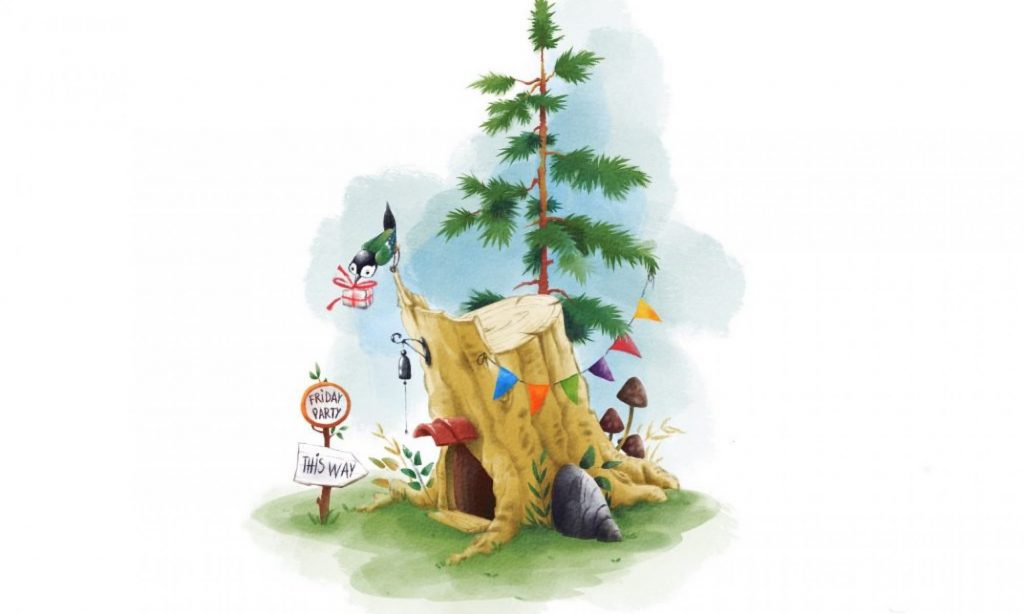As I’ve mentioned some posts before I took a storyboarding workshop during summer break. In the first part, I shared an overall impression and experience and described what we did during that day. Also, I slightly mentioned about the homework. So, in this part im going to touch this particular subject more.
So, the week before the actual course, I got an email with a homework assignment and a deadline it must be emailed back to the instructor no later than two days before the class, so he could review it properly. Also, there was a time limit for the assignment- since this task is developed only as a warm-up, it should be done no more than about 45 minutes.
The assignment was given to choose a favourite film, and by using only nine storyboard panels (sound pretty easy!), I should be trying to tell the story of the film. The film could be in any media or genre as long as it is something favourite and it is a story that I know well.
I did not think long and chose the Robin Hood (1973) by Walt Disney studio. This film is one of my all-time favourites, and I really enjoy to watch it from time to time. This is a joyful adaptation of classic English folklore about adventures of anthropomorphic heroic outlaw Robin Hood as a fox and his sidekick Little John the bear who are inhabitants of an animal kingdom in Sherwood Forest.
In the beginning, I truly believed that it would be an easy task. Just nine panels and favourite cartoon what could be more straightforward. That’s how naive I was.
Firstly, I decided to watch the film and break it down into a list of significant events in the story and then draw the storyboard. And right in the middle of the viewing, I started to understand that it is no that simple as it looks. In the end, my list went way beyond nine panels- I wrote sixteen ‘crucial’ incidents which I thought must be in the storyboard. I really wanted to introduce almost half of the characters, and include robbery, taxes, tournaments and all battles and actions. Additionally, a Love Story between Robin Hood and Maid Marian (how even possible to not have this in the boards!)

This was when my challenge began. I had to find a way to reduce the list to nine panels. I read through all notes a couple of times and made the first version of the storyboard. As I still tried to incorporate everything and everyone into drawings, my panels did not look like a coherent narrative, but more like independent illustrations without any sequential progression.
Honestly, I felt stuck. How it is even possible to force an hour and a half storyline into reduced version in nine pictures? At this point, I decided to watch the animation again and made marks in my notes. At this moment, I started to realise that I can divide my list into three several story workflows. One will be about Robin as a hero, another one could be all around Prince John, and another could entirely be concentrated about love and Maid Marian. And instantly, I started to realise what if I will focus only on one main character, I will quickly reduce and resolve my assignment!
So, I decided to concentrate on the main story about Robin, who helped villagers and about his bravery. And here you can see the final result.

And on the day of the workshop, Sam Horton, our instructor, reviewed and commented on everyone’s works.

Altogether, I genuinely think that this is a fantastic exercise that helps think critically about our own story, additionally, build it more efficiently. Moreover, I believe that this kind of activity should be acquired for the Central Saint Martins MA Character Animation curriculum.
